The future of college athletics is going through significant changes that will take place in Division One sports starting next season (2025-2026). Settled officially on April 7th, 2025 for $2.8 billion, the House vs. NCAA hearing set a monumental shift in D1 athletics. Among them, the most notable revisions among the NCAA are newly implemented roster caps, which restrict the number of players that can be on each team. With the quickly changing landscape of collegiate sports, from financial pressures and the introduction of name, image, likeness (NIL) opportunities, student-athletes are facing a wave of new challenges and possibilities. There are a few reasons for why these changes happened.
One of the main motives was financial pressures; after COVID-19, schools needed to tighten their budget. This meant universities were looking for ways to streamline their operations while keeping their programs competitive. Having fewer players on the team means less money spent on food, travel, gear, equipment, and more. On a positive note, a limited roster size offers more scholarship opportunities to players. Specifically, every student on the team will receive a partial scholarship, “This would benefit the team as a whole because with partial scholarships, athletes and their families can focus more on playing and supporting the game because they don’t have as much of a financial burden of school tuition,” senior Alison Sagara said. Sagara has been recruited to attend the University of Los Angeles (UCLA) to continue her water polo career. With UCLA being one of the top water polo programs in the country, the competition on the team is fierce. “I am worried about roster caps, especially because someone in our UCLA class was already cut,” Sagara said.
Another major addition to the change in NCAA rules was the introduction of NIL: name, image, and likeness. This allows students to monetize their brand, getting paid for any endorsements, sponsorships, and other commercial activities. This also provides students with opportunities to gain financial support beyond their scholarships and potentially aids them past their college career. The House vs. NCAA hearing fought for former student-athletes to be reimbursed directly from the timespan of 2016 to 2024. In the past, students were prohibited from profiting off of any endorsement deals, business ventures, and personal brands. Now, students can make money by collaborating with third-party companies — such as Gatorade, Liquid IV, Raising Cane’s, Target, and more — which allows them to be compensated for their hard work during college. As NIL opportunities continue to expand, athletes are learning to balance the demands of competition with the responsibilities of personal branding, signaling a major shift in the collegiate athlete community and helping students learn about real-world scenarios.
So, how will this affect future recruited athletes?
Each school’s athletic programs will become increasingly competitive, not just to get recruited, but also to earn a playing spot. “Roster caps have so far made recruiting much more fast-paced because colleges are trying to fill their rosters before girls go to other places,” junior Roxie Tarantino said. Tarantino is looking to get recruited at the D1 level for water polo and has been proactively reaching out to college coaches since she was 16.
For recruited athletes, no longer are you just competing against other students in your year, but you’re also competing against all the players in the transfer portal. That’s right, the NCAA Transfer Portal has officially been introduced. This is an online database that allows students to immediately transfer schools and inform coaches of their interest in switching. With this, students who are cut from teams can enter the transfer portal and find a new spot just like that. “Roster caps will cause more athletes to enter the [transfer] portal, which changes recruiting because coaches will have more options of players with college experience in the transfer portal that they may be more likely to recruit/play than high school recruits,” Sagara said.
Coaches are looking for people who can play at the highest level, which begs the question: how can a high school athlete compete with an experienced collegiate athlete for the same spot?
“I try my best to maintain a good relationship with all coaches, scheduling calls two times a month. Coaches love to see a player who shows lots of interest, and by making these calls, it might put me ahead in their recruitment list because I am a more interested player,” junior Lucca Zamani said. Zamani is currently trying to get recruited for tennis at the D1 level and has experienced the impacts on his sport.
The introduction of roster caps and NIL rights marks a turning point in college sports, balancing the push for financial responsibility with the growing demand for athlete empowerment. For future student-athletes, the road to playing at the collegiate level will be more competitive, fast-paced, and unpredictable than ever before; however, those who adapt by building strong relationships with coaches, maintaining consistent communication, and staying resilient in the face of setbacks will find opportunities to thrive. Additionally, once students succeed in being recruited, endless opportunities shower them as a reward. As the NCAA enters this new chapter, it’s clear that both athletes and programs must evolve to meet the challenges — and seize the opportunities — of the modern college sports world.

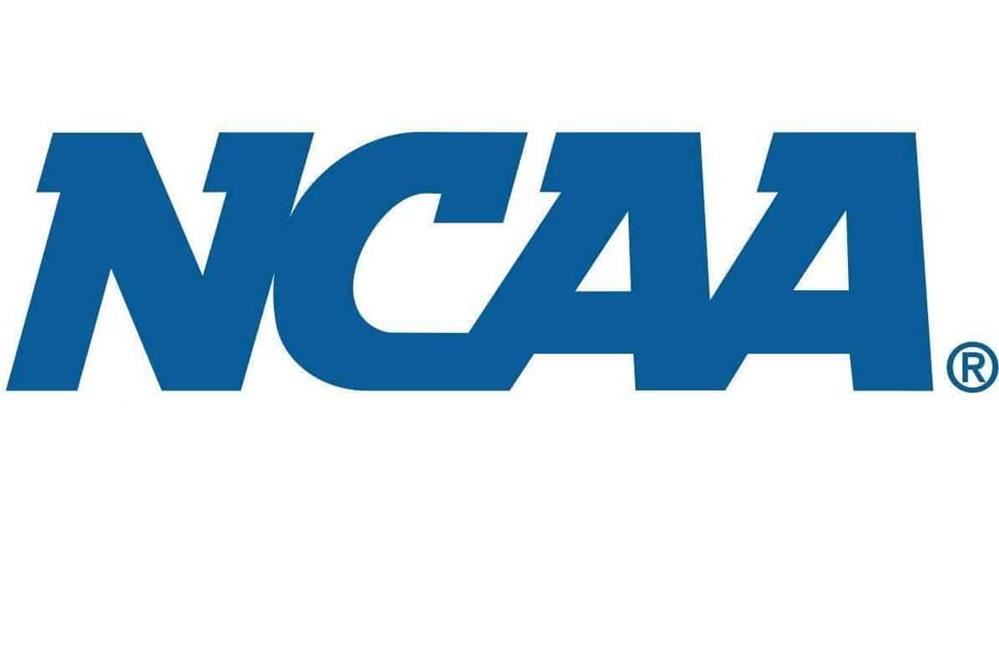

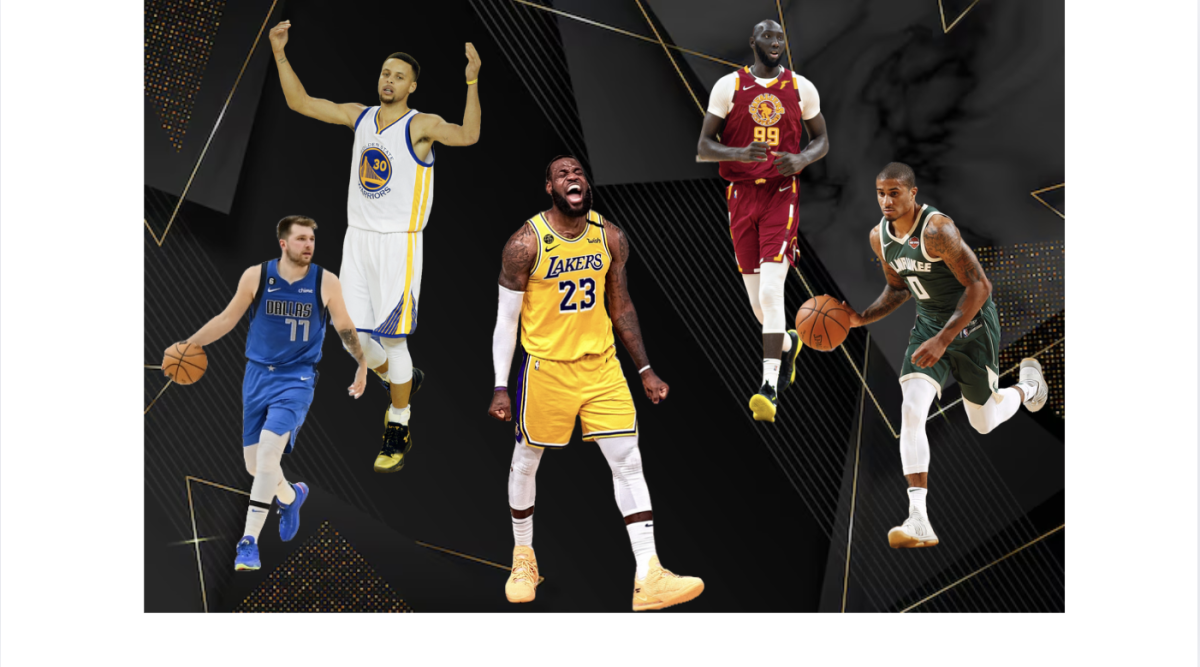
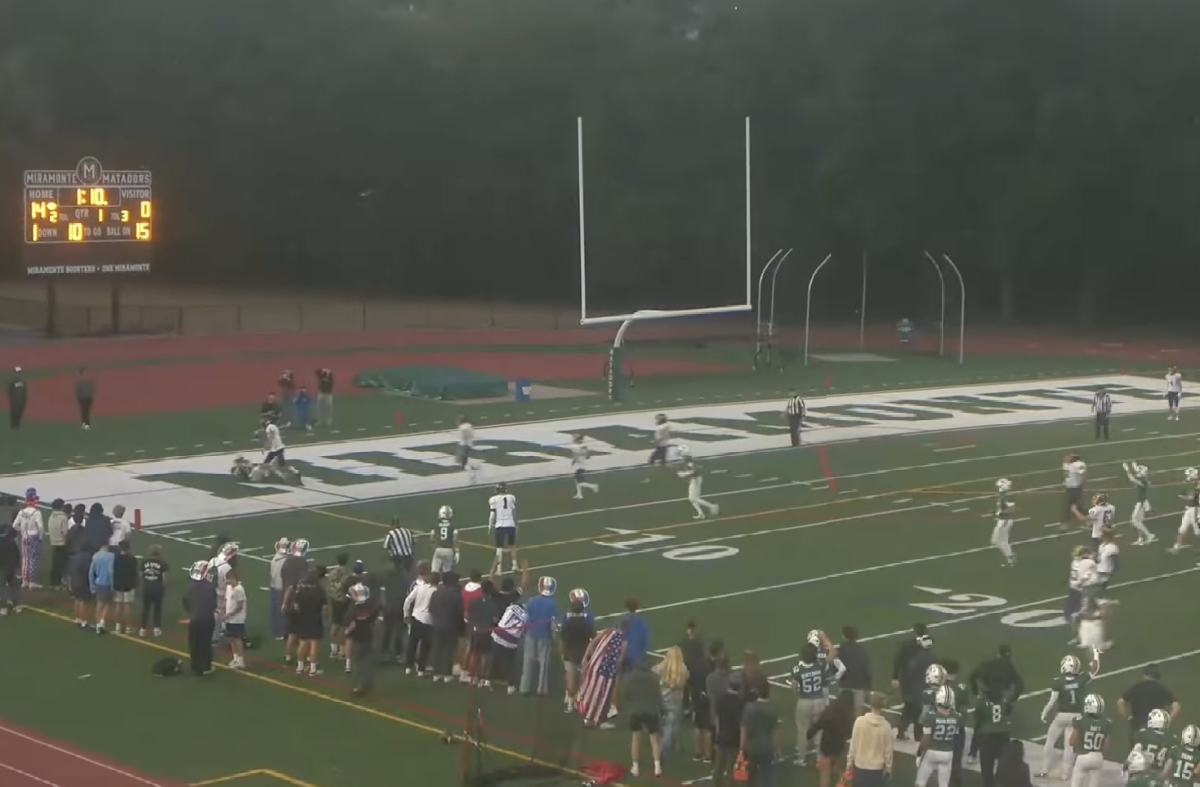


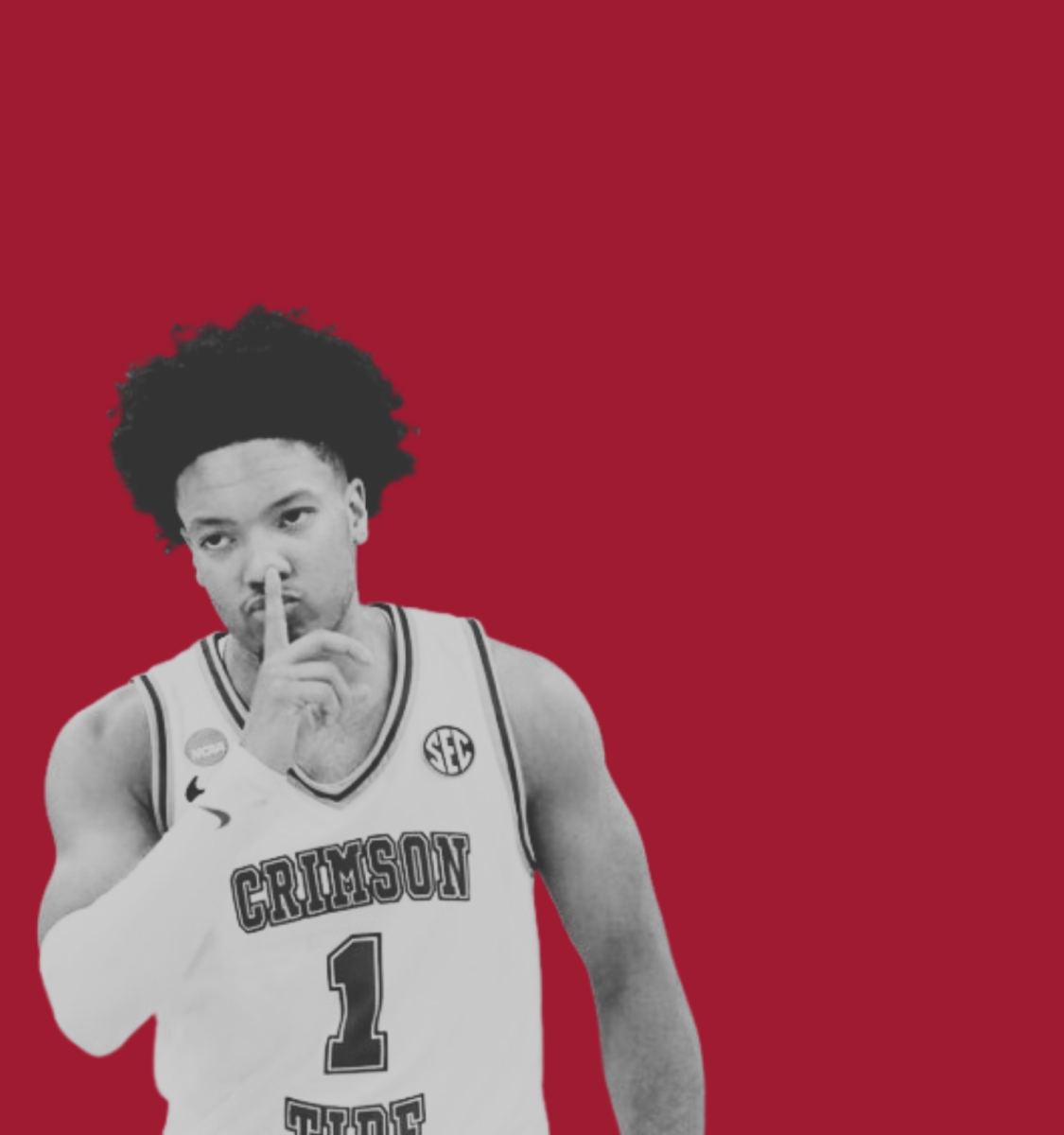
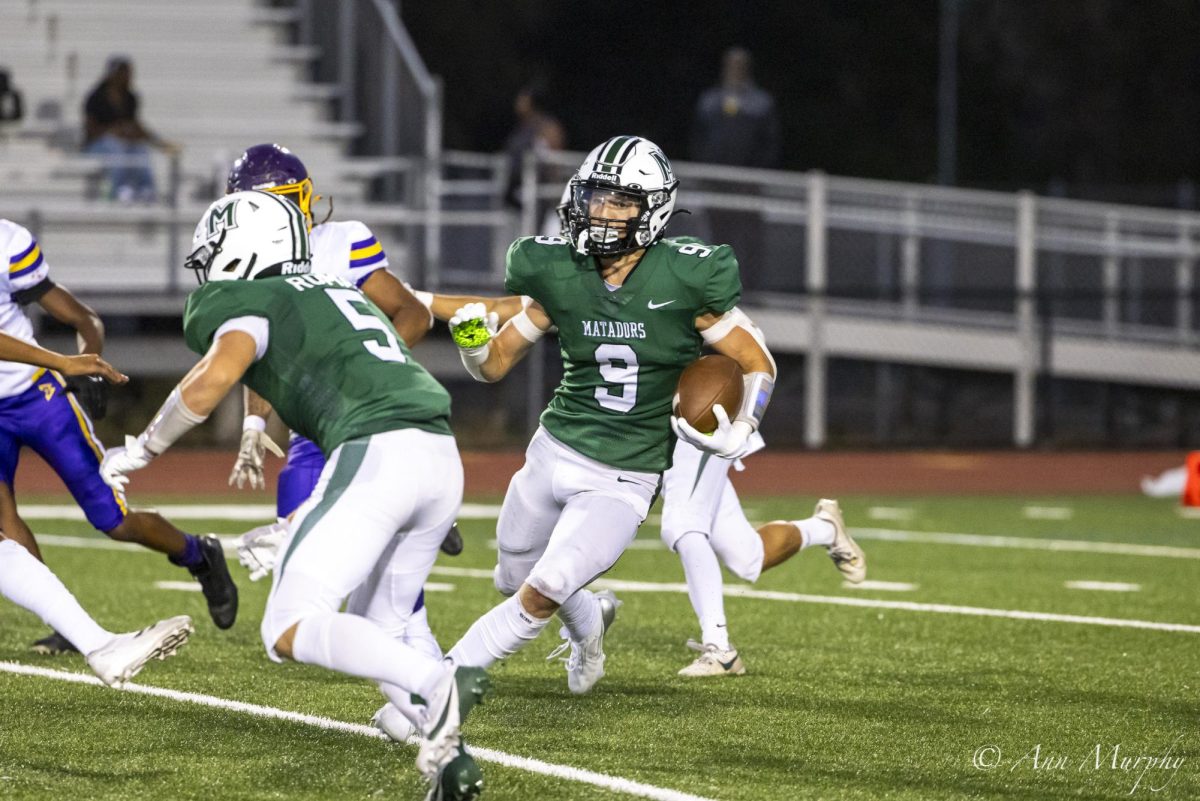
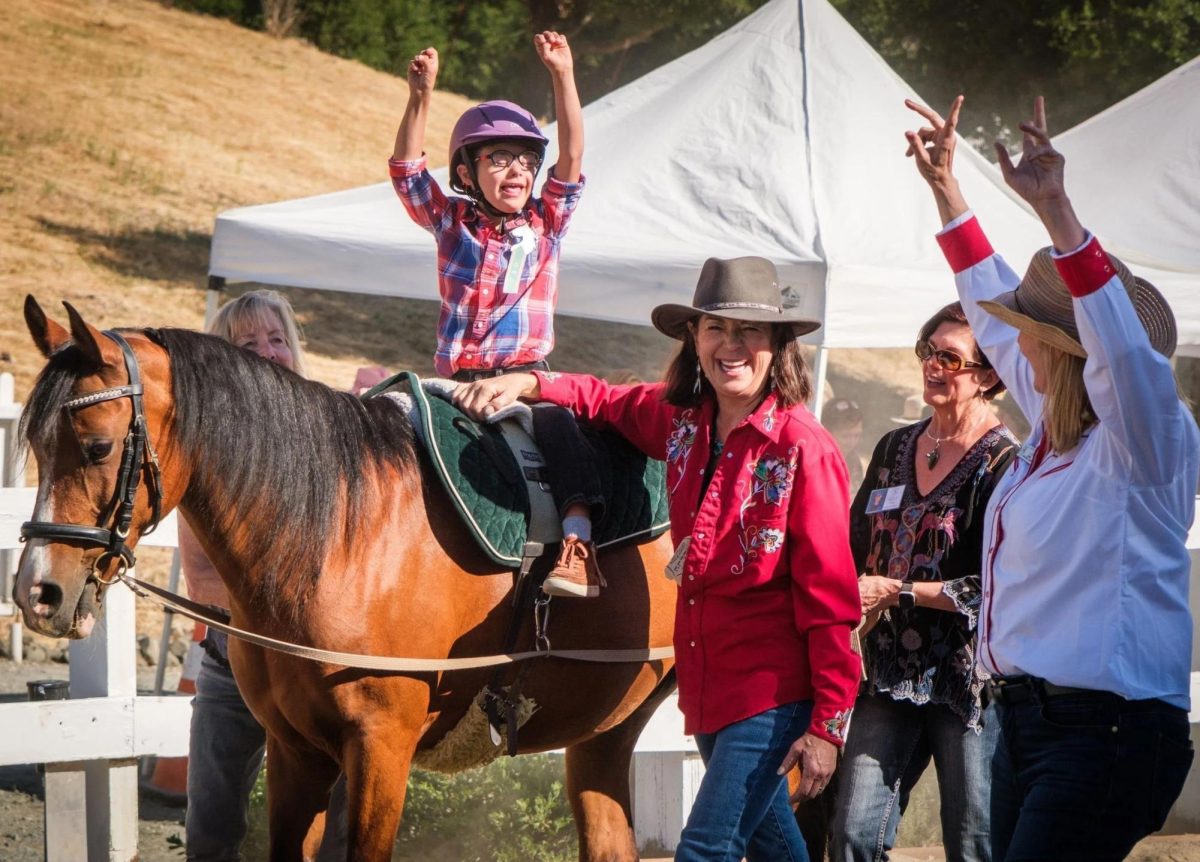
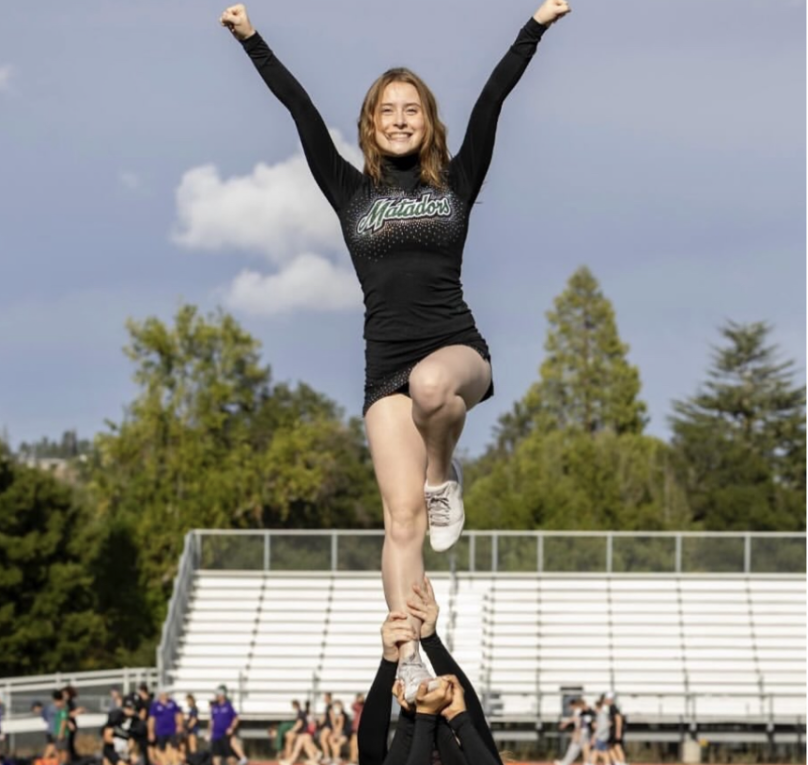
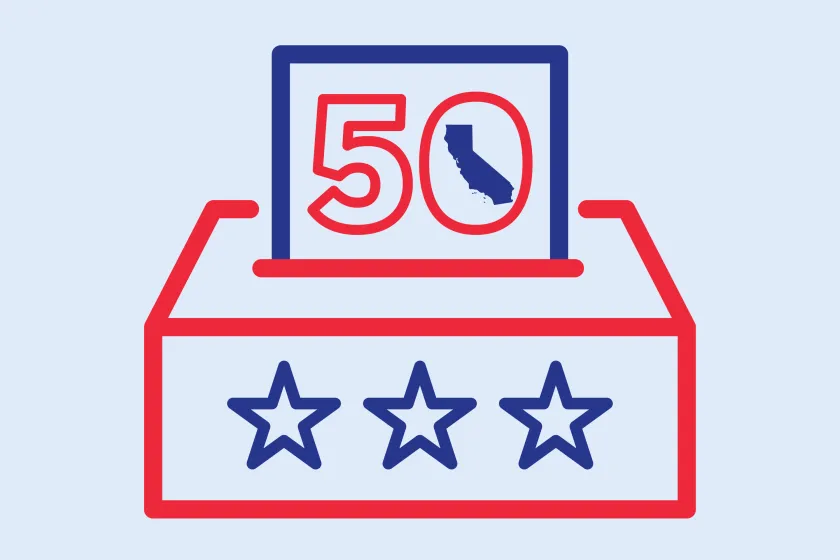



DALE K • Apr 28, 2025 at 10:54 pm
Very insightful article. The business of college sports is entering a new era. With NIL/ 3rd party boosters now able to ‘convince’ student-athletes to come to their school to play for them, college athletics essentially becomes the minor league sports system for each respective sport. This will also impact a student-athlete’s ‘loyalty’ to that school/sport – instead we will likely see a lot of transfer portal activity because a student-athlete thinks they’ll be able to get more NIL/money from a different school. Look what happened to the ex-UTenn QB Nico Iamaleava. He lost a lot of future money thinking that he was THE QB that every college wanted and abandoned Tennessee to seek greater fortunes elsewhere. Well, it was sort of a precursor to what happened to Shadeur Sanders and his ego. Now, Nico had to sign to UCLA (no disrespect to the Bruin faithful) and essentially lost about $1M (per year) on the table. I could go on about this for a while, but I’ll stop here. Nice job, Audrina!